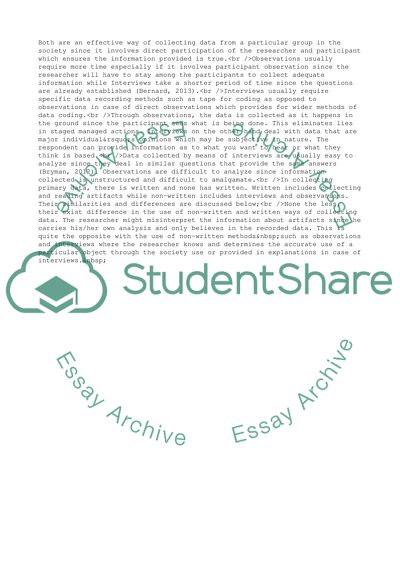Cite this document
(Data Collection Method Comparison Case Study Example | Topics and Well Written Essays - 1500 words, n.d.)
Data Collection Method Comparison Case Study Example | Topics and Well Written Essays - 1500 words. https://studentshare.org/management/1852231-data-collection-method-comparison-terence
Data Collection Method Comparison Case Study Example | Topics and Well Written Essays - 1500 words. https://studentshare.org/management/1852231-data-collection-method-comparison-terence
(Data Collection Method Comparison Case Study Example | Topics and Well Written Essays - 1500 Words)
Data Collection Method Comparison Case Study Example | Topics and Well Written Essays - 1500 Words. https://studentshare.org/management/1852231-data-collection-method-comparison-terence.
Data Collection Method Comparison Case Study Example | Topics and Well Written Essays - 1500 Words. https://studentshare.org/management/1852231-data-collection-method-comparison-terence.
“Data Collection Method Comparison Case Study Example | Topics and Well Written Essays - 1500 Words”. https://studentshare.org/management/1852231-data-collection-method-comparison-terence.


